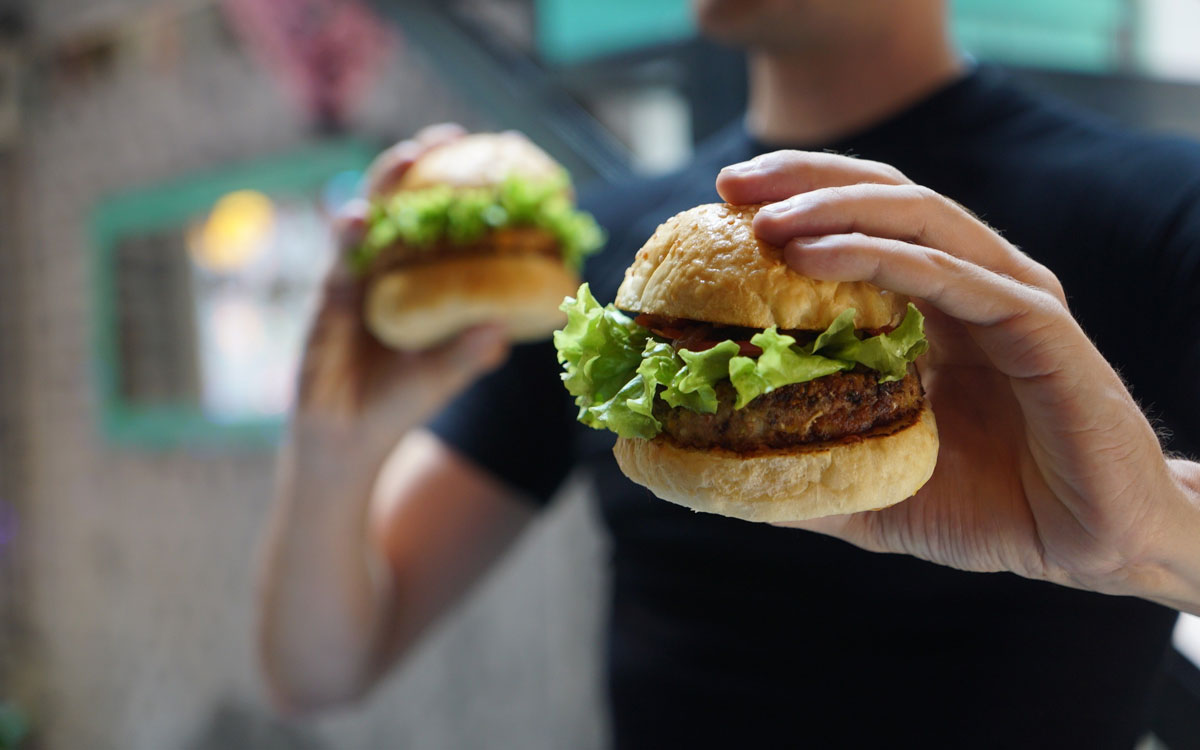While sales ticked up for some restaurant chains in May, the overall effect on the industry remained crippling. And many operators don’t expect to turn a profit in the foreseeable future. Others plan to leave the sector altogether.
The National Restaurant Association released new data outlining the grim COVID-19 impact so far. The Association said restaurants lost $40 billion in May, bringing the three-month total to $120 billion after March dropped $30 billion in an abbreviated window and April sank $50 billion as stay-at-home policies covered the entire month. Overall, restaurants are expected to lose some $240 billion by year’s end.
The Association also surveyed more than 3,800 operators to get the pulse on current and future sentiment. Here were some takeaways:
More than 8 million restaurant employees were unemployed at the height of the pandemic.
Per the Bureau of Labor Statistics, roughly 1.4 million jobs were cut in March and 20.7 million in April. In those months, 6.1 million jobs in the food and drink industry got erased. About 6.3 million employees were on payroll at eating and drinking places in April.
This was the lowest employment level since May 1988, according to the Association.
76 percent of restaurants that remained open in some capacity have rehired some staff.
In May, 2.5 million jobs were added nationwide. Close to 1.5 million of those came in the restaurant industry.
25 percent of restaurants that are temporarily closed have rehired some staff and plan to reopen.
Recent Paycheck Protection Program changes should aid this. Namely, the rehiring period was extended from June 30 to December 31. So restaurants now have a much more reasonable period to bring staffing levels to pre-COVID-19 (or higher) levels to get their loans forgiven.
Operators lobbied for this change since, to the 25 percent data point, we’re midway through June and countless restaurants are still trying to plot reopening strategies and consider what that means for staffing. Reopening under limited capacity often means fewer employees. It’s going to take some time to gradually staff up as business expands.
Speaking of PPP ….
4 percent said they received a loan through the Paycheck Protection Program, but 78 percent said the funding would not be enough to keep all their employees on the payroll until sales are enough to cover labor costs in the weeks or months ahead.
Along with the extension, the PPP also changed the so-called 75/25 rule to 60/40, meaning restaurants no longer have to deploy three-quarters of the loan on staffing issues to receive full forgiveness.
But no matter how it’s split up, whether or not the money will provide a true lifeline for restaurants will boil down to how long the COVID-19 crisis truly lasts, if they got the loan too late, and when full dining rooms can come back on line. Many restaurants are also grappling with startup costs after being closed for a lengthy period, and trying to understand rapidly changing consumer behavior.
Democratic Rep. Earl Blumeanuer from Oregon recently proposed legislation called the RESTAURANTS Act, which would establish a $120 billion fund for foodservice or drinking establishments that aren’t publicly traded or part of a chain that includes 20 or more locations under the same name. The funds would provide grants to restaurants and bars and prioritize locations with annual revenues less than $1.5 million.
The money is intended to target small, local restaurants, particularly those owned by women and people of color. The dollars would cover typical costs such as payroll, benefits, mortgage, rent, utilities, maintenance, supplies, food, and debt obligations.
The Independent Restaurant Coalition has called for a stabilization fund for months as a long-term solution.
75 percent said it’s unlikely their restaurants would be profitable within the next six months, under the assumption that there will be no additional relief packages from the federal government.
In a survey last week, the Coalition said 85 percent of independent restaurants could permanently close by the end of 2020 if direct aid, like a stabilization fund, was not provided.
Closures, revenue drivers, and more
According to the Association’s data, 89 percent of operators said they are now offering alcohol with off-premises orders, and those beverages mix 10 percent of takeout and delivery sales. They also said they would continue to menu them if jurisdiction allows for it.
Among the restaurants currently open for off-premises business only, 28 percent are located in a jurisdiction that today allows on-premises dining again.
Some reasons why they’re staying cautious:
- 66 percent of these operators say they aren’t open for on-premises dining because it is too soon from a public health perspective.
- 40 percent say they aren’t open because safety and social distancing measures are not yet in place at the restaurant.
- 34 percent of these operators say they don’t have enough customers to justify reopening.
- 27 percent don’t have enough employees to staff the restaurant.
- 5 percent are delaying opening because of the 8-week PPP loan period (extended to 24 weeks in June).
- 80 percent of these operators say they do plan to open for on-premises dining within the next 30 days.
In past surveys, the Association noted 3 percent of restaurants closed permanently. The full scope of closures, however, won’t truly be known until government statistics emerge several months from now. The Association said the number will be in the “tens of thousands.”
Here are the same questions posed to temporarily closed restaurants (no off-premises):
- 55 percent say they don’t have enough customers to justify reopening.
- 47 percent believe it’s too soon from a public health perspective.
- 31 percent said safety and social distancing measures are not yet in place.
- 23 percent don’t have enough employees to adequately staff the restaurant.
- 17 percent are delaying opening because of the PPP loan period.







